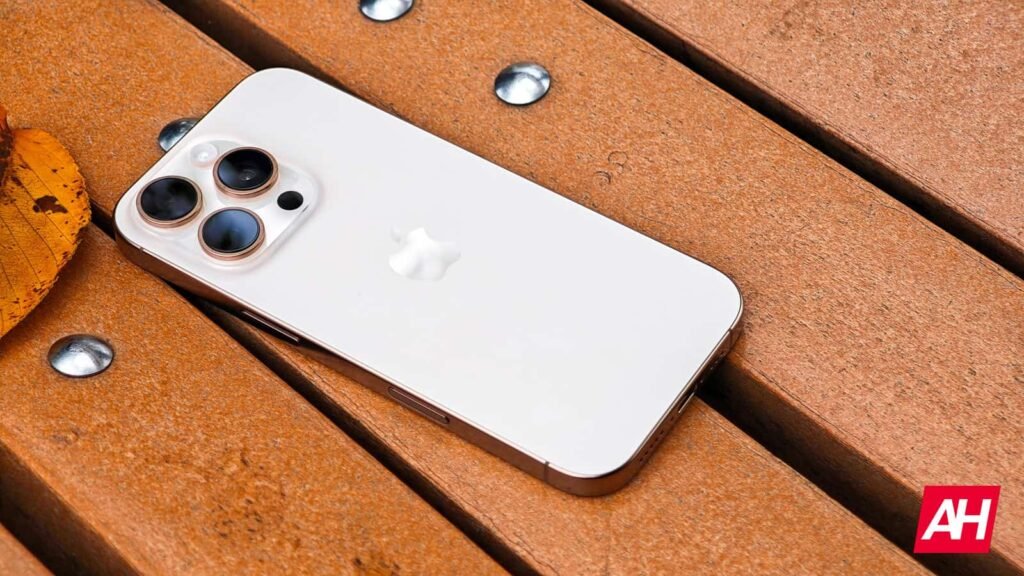

Haptics are one of the important factors of a smartphone experience. It improves the way we interact with our devices. In the latest news, Apple has been granted a new patent for its taptic engine. It could change the way its devices, including iPhones and Watches, handle physical stress. The patent centers on a shock-resistant design of the haptic engine, also known as the taptic engine in Apple’s terminology.
Apple’s new patent for the taptic engine might improve the iPhone’s durability
Apple’s new patent, titled “Electronic device having a shock-resistant haptic engine,” was approved earlier this week by the U.S. Patent and Trademark Office. At the heart of this patent is a new, redesigned haptic engine that introduces a proactive mechanism against drops. Traditional motors rely on the rigid surface to absorb shock, but the new patent introduces a movable mass that is suspended within the motor itself.
The movable mass acts in two different ways. During normal usage, it produces vibrations or tactile feedback against our day-to-day operations, such as typing or scrolling. However, in case of an impact, the mass is shifted towards a strategically placed spring assembly within the enclosure. These springs are non-linear in design. It allows them to react differently depending on the severity of the drop or impact.
The next-gen taptic engine might enter production starting in 2027
The next-gen taptic engine design uses a carefully controlled distribution of energy that minimizes the risk of internal damage without significantly affecting the component’s overall design and weight. The patent document also reveals the possibility of the new taptic engine being used in compact electronic devices, such as smartwatches. However, there’s no word on the implementation of the tech yet. But if implemented, we can expect it to enter mass production by 2027.
If the taptic engine is implemented on Apple’s iPhones and Watches, it could address the long-standing concern about the fragility of components like the haptic engine, which traditionally have been more prone to failure compared to solid-state parts.
The post Apple’s Future iPhones May Get Drop-Proof Vibration Motors appeared first on Android Headlines.
